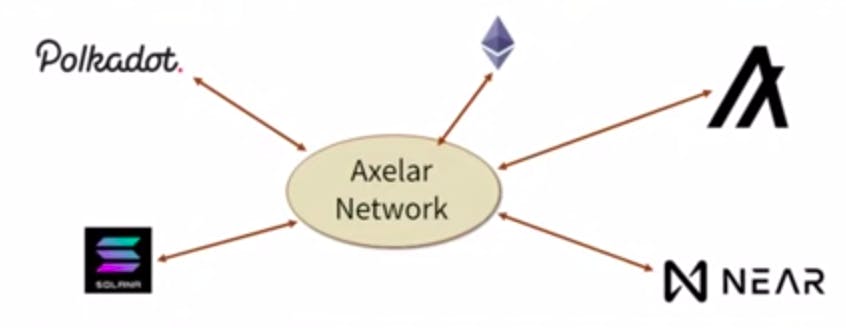Cross-chain interoperability in Blockchain , Present solutions evolving to address this?
Cross-chain interoperability ,What problem arises if there is a lack of interoperability? How to address this problem?
Cross-chain interoperability is a significant challenge in the blockchain industry. The problem arises because different blockchains typically have their own unique protocols, data formats, and consensus mechanisms, making it difficult for them to communicate with each other.
What problem arises if there is a lack of interoperability?
This lack of interoperability limits the usefulness and adoption of blockchain technology. For example, users may not be able to transfer assets between different blockchains, or developers may need to duplicate their work to support multiple platforms.
How to address this problem?
To address this challenge, various cross-chain interoperability solutions have emerged in the blockchain industry. These solutions aim to provide a way for different blockchains to communicate with each other, enabling the transfer of assets, data, and other information across different platforms.
Some of the common approaches to cross-chain interoperability include building dedicated blockchain platforms like Polkadot and Cosmos, which provide a framework for building interoperable blockchains and developing cross-chain communication protocols like Axelar, which allow existing blockchains to communicate with each other.
Despite the progress made in this area, cross-chain interoperability remains a complex and evolving field, and there is still much work to be done to enable seamless communication and transfer of assets across different blockchains.
In my view, Axelar is a cross-chain communication protocol that is designed to work with existing blockchains. It provides a routing layer and application-level protocols that allow different blockchains to communicate with each other. This means that developers can build on the blockchain platforms they prefer and still access cross-chain liquidity, users, and other features through Axelar.
How does the Axelar network compare to other cross-chain communication solutions in the market, such as Polkadot or Cosmos?
Axelar network, Polkadot, and Cosmos are all aiming to solve the problem of cross-chain interoperability. However, they differ in their approach and architecture.
Polkadot and Cosmos are both dedicated blockchain platforms that provide a framework for building interoperable blockchains. They use a "hub-and-spoke" architecture, where a central blockchain acts as a hub that connects to multiple other blockchains.
On the other hand, Axelar is a cross-chain communication protocol that is designed to work with existing blockchains.

Overall, each solution has its strengths and weaknesses, and the choice of which to use may depend on the specific use case and requirements.